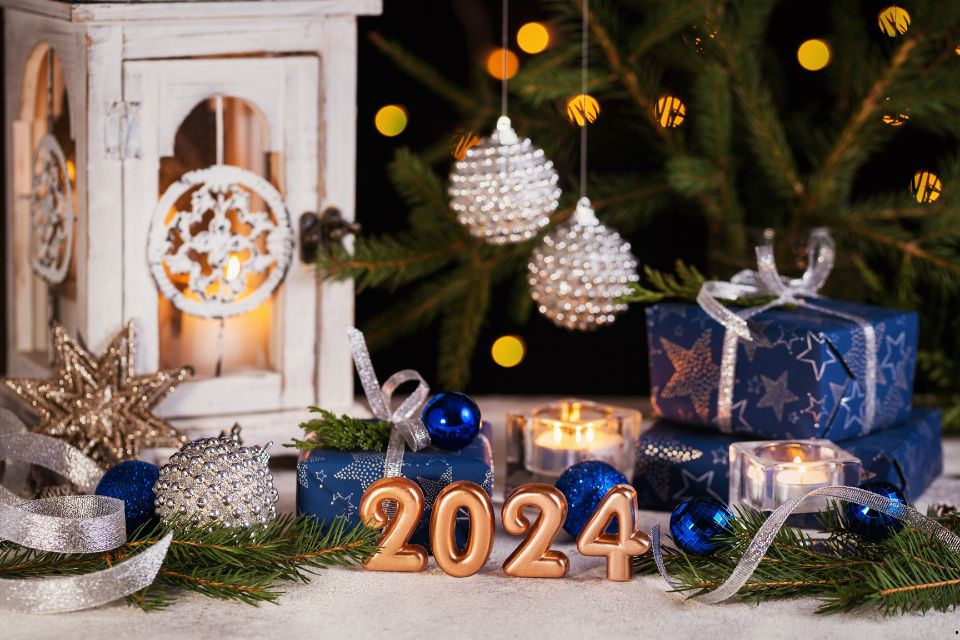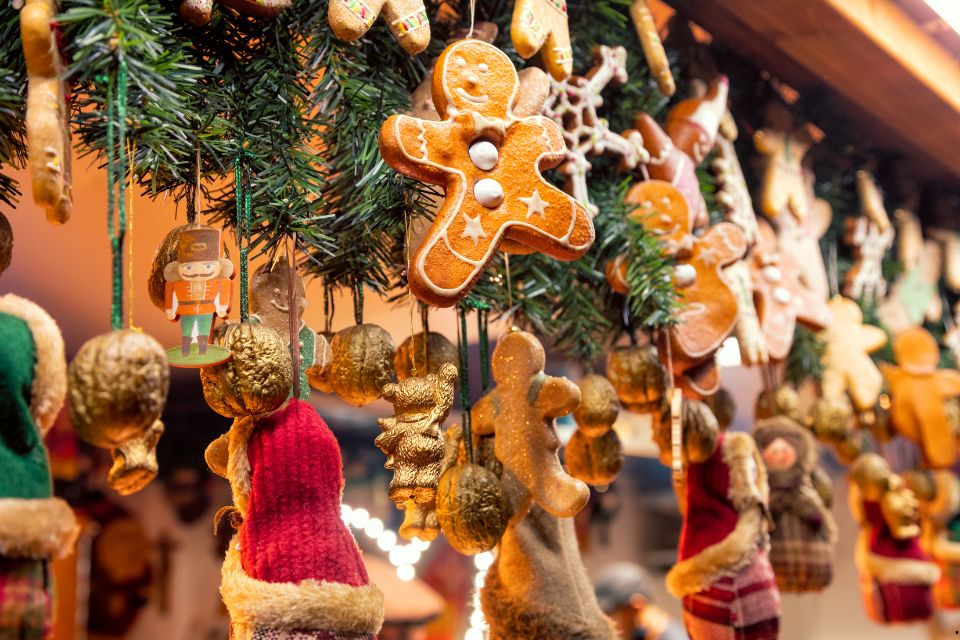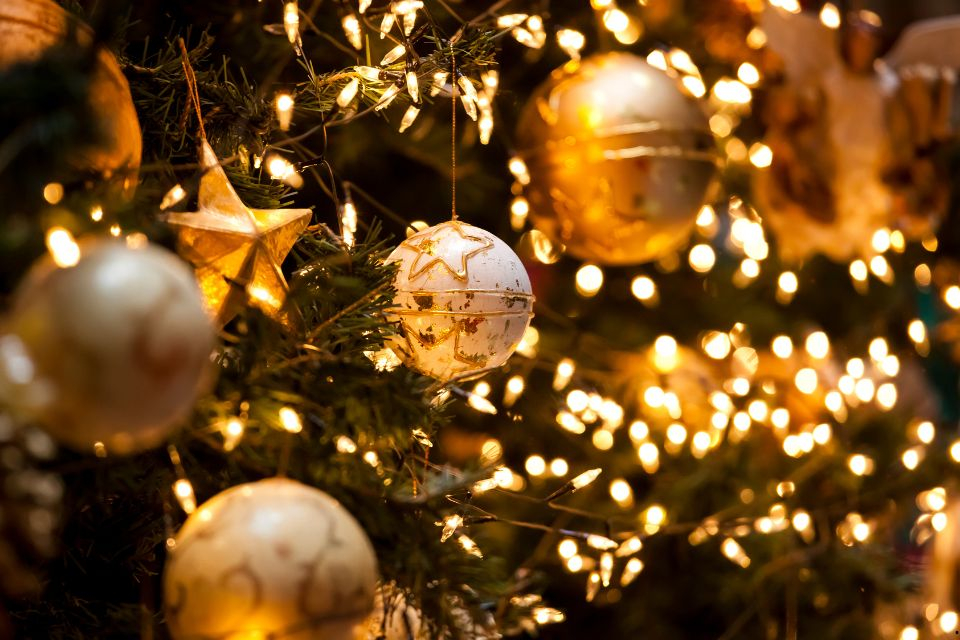As the winter chill gives way to the promise of spring, billions of people around the world prepare to usher in the Lunar New Year, a vibrant and significant festival celebrated by various East Asian cultures. Known by different names such as Chinese New Year or Spring Festival, this joyous occasion is steeped in rich traditions and customs that have been passed down through generations.

The Lunar Calendar and Dates
Unlike the widely used Gregorian calendar, the Lunar New Year follows the lunar calendar, typically falling between January 21 and February 20. This period marks a time of family reunions, feasting, and a multitude of cultural and religious activities that extend over approximately 15 days.
During the Lunar New Year, various countries and communities with significant East Asian populations celebrate with a variety of customs, rituals, and festivities. Some of the key elements of the celebration include family reunions, feasting, giving and receiving of red envelopes (containing money for good luck), lion and dragon dances, fireworks, and the display of traditional decorations.
The Lunar New Year is widely observed in China, Hong Kong, Taiwan, Singapore, Malaysia, and other East Asian countries. However, its influence extends far beyond Asia, as many international cities with diverse East Asian communities also participate in the festivities. Cities like San Francisco, New York, London, Sydney, and Vancouver host parades, performances, and other events to mark the occasion.
The Lunar New Year is not only celebrated in East Asia but also in various Chinatowns and East Asian communities worldwide. It serves as a time for reflection, renewal, and the welcoming of good fortune for the upcoming year. The specific customs and traditions associated with the Lunar New Year may vary from region to region, but the overarching theme of celebrating with family and embracing good fortune remains consistent across the globe.
The Chinese Zodiac
At the heart of the Lunar New Year festivities is the Chinese zodiac, a 12-year cycle, with each year associated with a specific animal. From the energetic Rat to the compassionate Pig, these animals are believed to influence the personalities and fortunes of those born in their corresponding years. The zodiac adds a fascinating layer to the celebrations, with each year bringing its own unique energy.
Symbolism and Customs
Preparations for the Lunar New Year often include a thorough cleaning of homes, symbolizing the sweeping away of bad luck and the welcoming of good fortune. Red is the predominant color during this time, symbolizing luck, joy, and prosperity. Homes and streets come alive with red lanterns, banners, and decorations.
One of the most cherished traditions is the exchange of red envelopes, or "hongbao," containing money. This gesture is a symbol of good luck and blessings for the recipient. The act of giving and receiving red envelopes is a heartwarming tradition that strengthens familial and social bonds.
Festive Foods
No Lunar New Year celebration is complete without a feast of traditional foods that carry symbolic meanings. Dumplings, representing wealth, and fish, symbolizing abundance, are commonly enjoyed during this time. Families gather to share meals, reinforcing the spirit of togetherness and gratitude.
Cultural Celebrations
The Lunar New Year is marked by colorful parades, lively dragon and lion dances, and breathtaking fireworks displays. These festivities not only showcase the rich cultural heritage of East Asian communities but also bring communities together in a spirit of joy and celebration.
As we embrace the Lunar New Year, let us appreciate the beauty of these time-honored traditions that connect us to our roots and each other. May the Year of the [current zodiac animal] bring prosperity, good health, and boundless joy to all who celebrate. Happy Lunar New Year!




